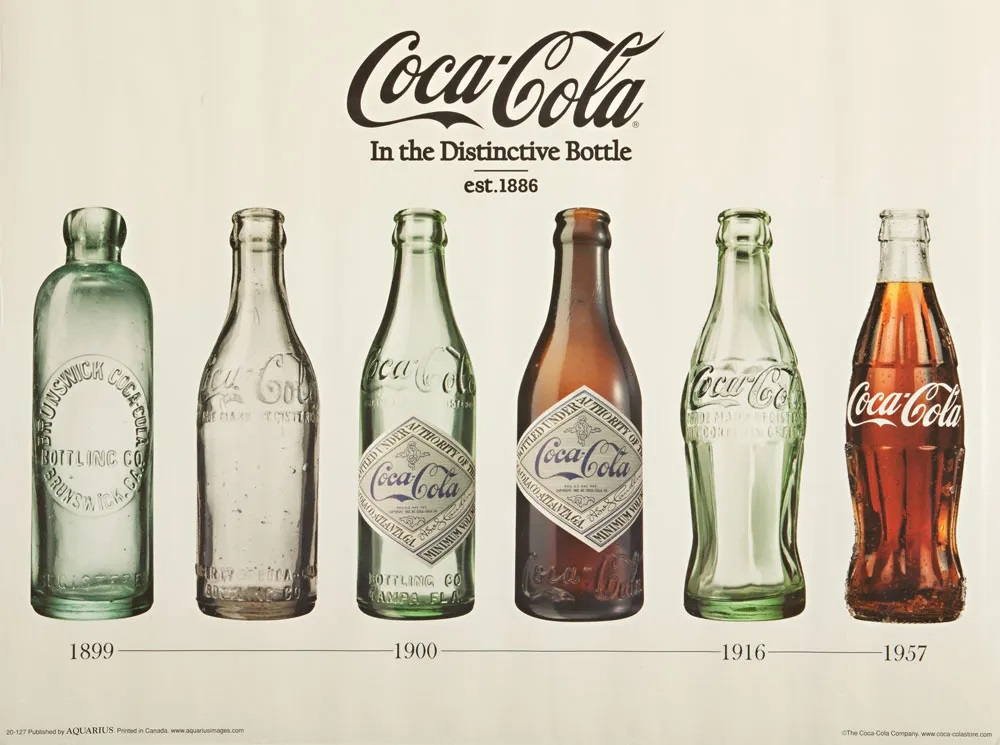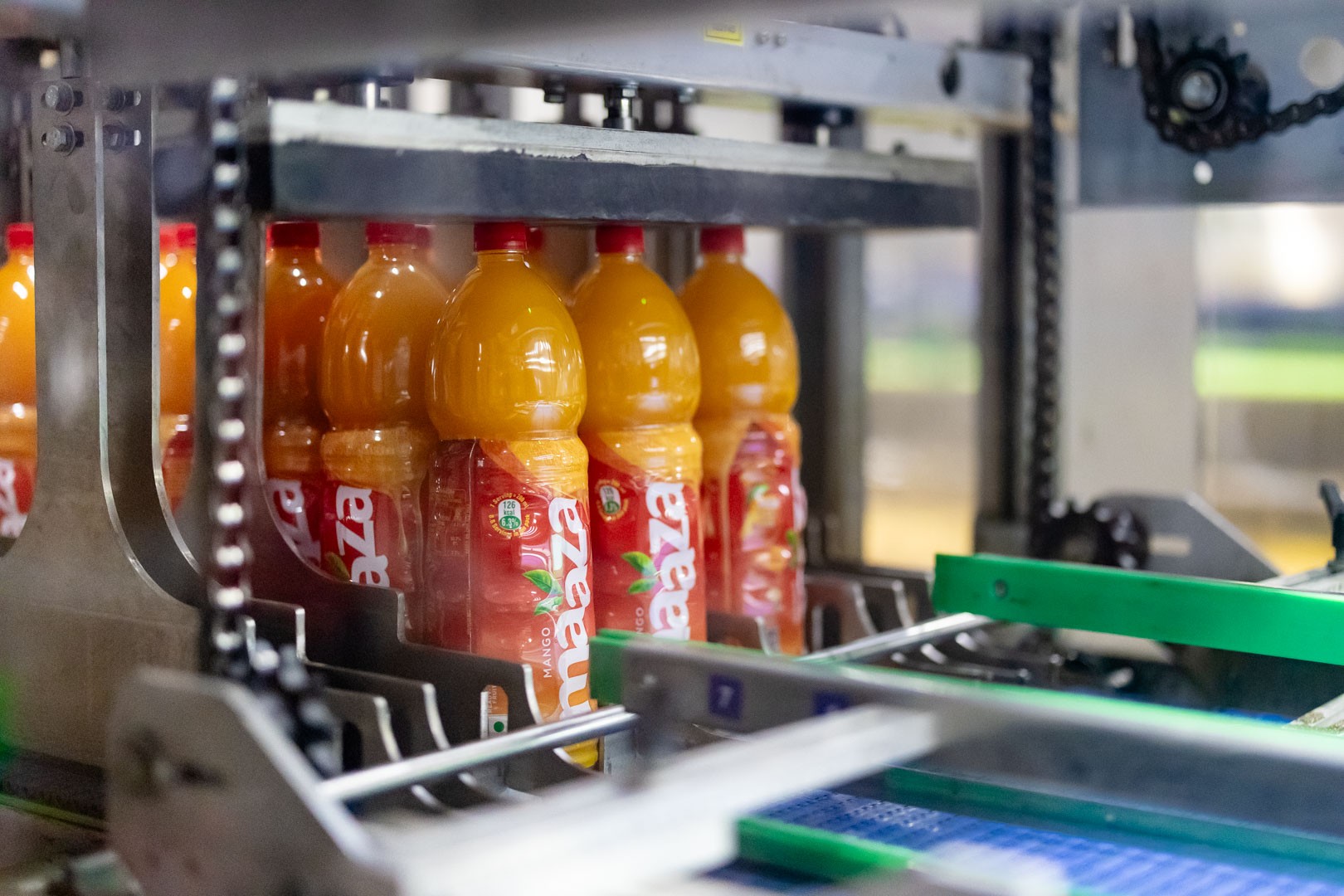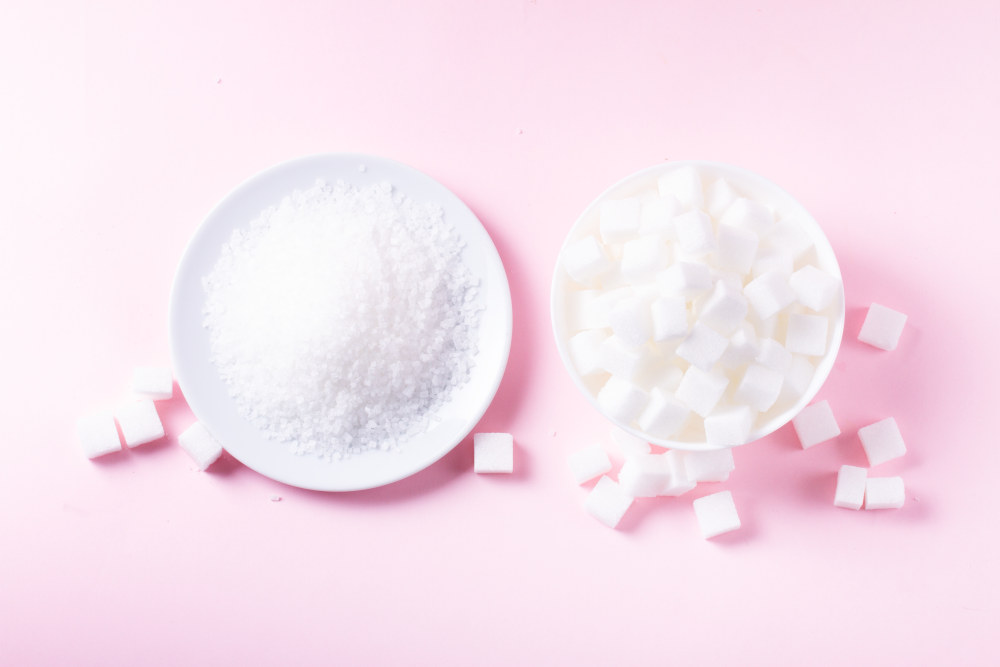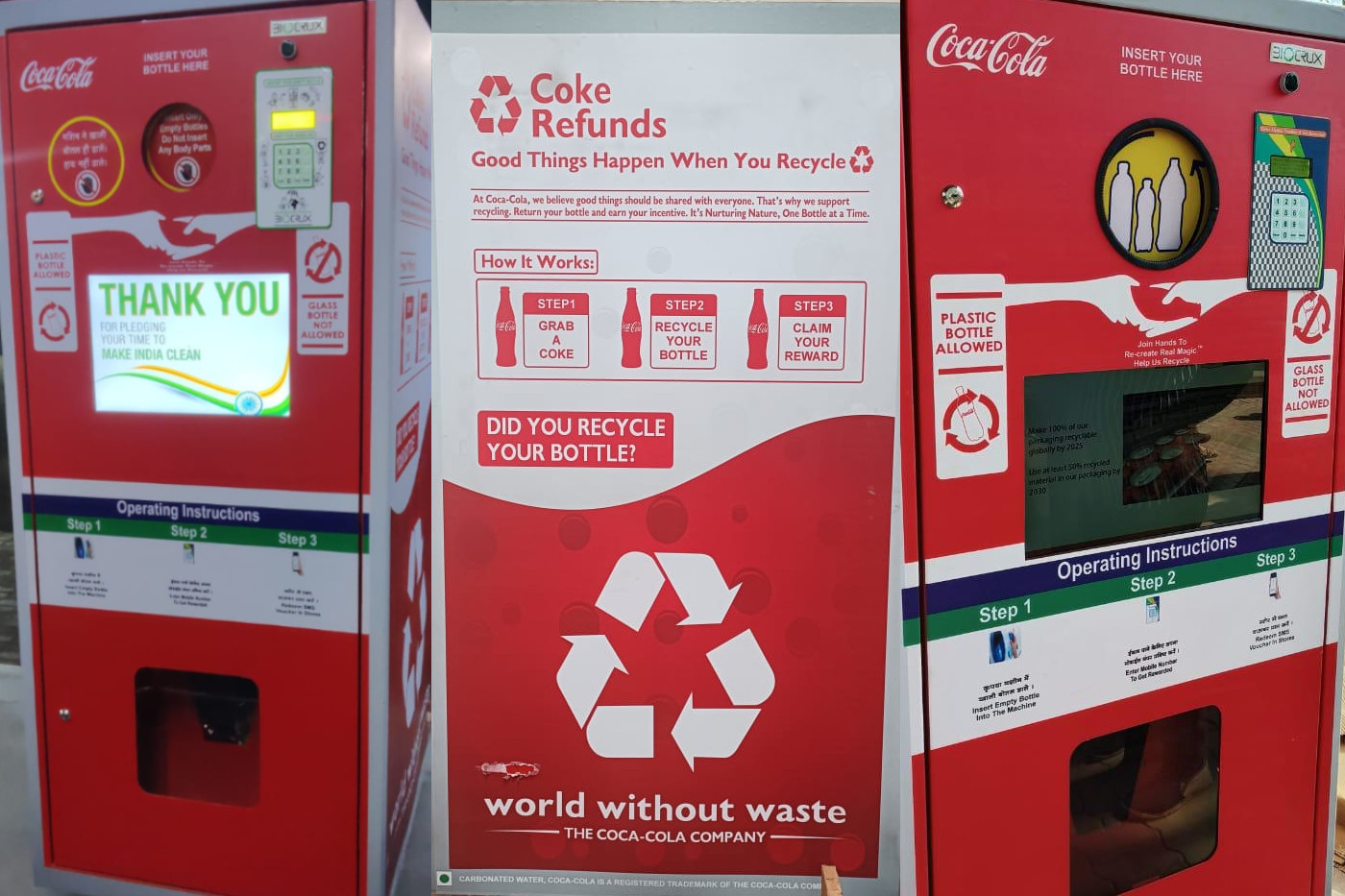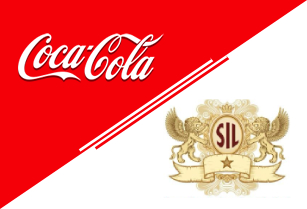The History of the Coca-Cola Contour Bottle
The Creation of a Cultural Icon
The Coca-Cola bottle, with its signature contour shape and graceful fluted lines, has become one of the most recognizable designs in the world. Hailed by industrial designer Raymond Loewy as the “perfect liquid wrapper,” the bottle has earned its place as a design classic, inspiring art, music, and advertising. Andy Warhol famously used the bottle as a symbol of mass culture in his artwork, and even Volkswagen drew comparisons between the shape of the Coca-Cola bottle and the iconic design of the Beetle car.
But how did this iconic bottle come to be?
It all started with a desire to protect the Coca-Cola brand—a cooperative effort between The Coca-Cola Company and its bottlers.
An Iconic Beginning
In 1899, two Chattanooga lawyers, Joseph Whitehead and Benjamin Thomas, traveled to Atlanta to negotiate the rights to bottle Coca-Cola. At the time, Coca-Cola had been an increasingly popular soda fountain drink for just 13 years. From selling an average of only nine drinks per day in 1886, Coca-Cola had expanded to be sold in every state by 1900. Whitehead and Thomas saw the opportunity to bottle the drink for wider distribution and to capitalize on its growing popularity.
The contract they signed was a geographic one, and The Coca-Cola Bottling Company began franchising the rights to bottle Coca-Cola in cities across the U.S. By 1920, more than 1,200 bottling operations had been established. As sales in both fountain and bottled form soared, dozens of competitors began to imitate the Coca-Cola brand, attempting to confuse consumers with similar names and logos.
In the early days, bottles were simple, straight-sided containers, often brown or clear. Coca-Cola insisted that bottlers emboss its distinctive logo on each bottle. However, competitors like Koka-Nola, Ma Coca-Co, Toka-Cola, and even Koke copied or slightly altered the iconic Spencerian script logo, leading to confusion in the marketplace. Although Coca-Cola took legal action against these infringements, the cases often took years to resolve, and bottlers called for more protection.
Innovative Solutions to Protect the Brand
In 1906, Coca-Cola introduced a diamond-shaped label with a colorful trademark to differentiate its product from imitators. However, this label was vulnerable to peeling off, especially when the bottles were sold from barrels of ice-cold water. Some competitors, like Koca-Nola, even copied the label design.
By 1912, Coca-Cola recognized the need for a more distinct, protective package and encouraged bottlers to unite behind the idea of a “distinctive package” for their product. Harold Hirsch, the lead attorney for The Coca-Cola Company, made an impassioned plea to bottlers, urging them to invest in a unique bottle to protect the brand and solidify its place in history.
On April 26, 1915, the Trustees of the Coca-Cola Bottling Association voted to allocate up to $500 to develop a new, distinctive bottle. They challenged glass manufacturers across the U.S. to create a bottle so unique that it could be recognized by feel, even in the dark or if broken on the ground.
Roots in the Root Glass Company
In Terre Haute, Indiana, the Root Glass Company took on the challenge. The design team, led by C.J. and William Root, Alexander Samuelson, Earl Dean, and Clyde Edwards, drew inspiration from an illustration of a cocoa bean, which had an elongated shape with distinct ribs. Under Samuelson’s direction, Dean carefully sketched the now-famous shape, and the team created several prototypes.
On November 16, 1915, a patent for the design was filed under Samuelson’s name, though the Coca-Cola script logo was deliberately left off the initial submission to keep the design a secret. The final design was approved, and in early 1916, a committee of bottlers and company officials selected the Root design as the winner.
A National Shift
The new bottle was first introduced to bottlers in 1916, but not all were eager to adopt the new packaging due to the high cost of glass bottles. To encourage adoption, Coca-Cola launched a national advertising campaign featuring the new bottle. The first national calendar featuring the bottle appeared in 1918, and by 1920, most bottlers had adopted the distinctive contour bottle.
In 1923, the bottle’s patent was renewed. Interestingly, the patent office issued the renewal on December 25, leading to the bottle being affectionately called the “Christmas Bottle.” The bottle’s design continued to evolve over the years, with the weight and proportions adjusted for practical purposes, but its signature shape remained constant. By 1951, the patent for the bottle’s design had expired, but The Coca-Cola Company sought trademark status for the bottle shape itself. In 1961, the Coca-Cola bottle was officially recognized as a trademark, marking a significant milestone in its journey as a global icon.
A Cultural Impact
Over the years, the Coca-Cola bottle has been dubbed by many names, including the “hobbleskirt” bottle, a reference to a popular fashion style in the 1910s with tapered skirts, and the “Mae West” bottle, due to its curvaceous shape. The bottle’s distinct contour shape was first referred to as such in 1925 by La Monde, a French magazine. For the public, however, it has simply become “the Coke bottle.”
The bottle’s design has not remained static. It has evolved, with updates like the aluminum bottle introduced in the 21st century. In the 1950s, industrial designer Raymond Loewy worked on adapting the shape for larger packaging, while maintaining the iconic proportions. The bottle has continued to be a symbol of Coca-Cola’s legacy, even appearing on the cover of the company’s 1996 annual report, with the caption, “Quick, Name a Soft Drink.”
The Coca-Cola bottle has inspired numerous artists over the years, including Salvador Dalí, who included it in his 1943 painting Poetry in America. It was also featured in the works of artists like Sir Eduardo Paolozzi and Robert Rauschenberg. However, it was Andy Warhol’s use of the bottle in his 1962 Grocery Store exhibition that cemented the bottle as a pop art icon. Warhol famously said in his 1975 book The Philosophy of Andy Warhol:
“What’s great about this country is that America started the tradition where the richest consumers buy essentially the same things as the poorest. You can be watching TV and see Coca-Cola, and you know that the president drinks Coke, Liz Taylor drinks Coke, and just think, you can drink Coke, too. A Coke is a Coke and no amount of money can get you a better Coke than the one the bum on the corner is drinking. All the Cokes are the same and all the Cokes are good. Liz Taylor knows it, the president knows it, the bum knows it, and you know it.”
The contour bottle has truly become synonymous with Coca-Cola, but as the company continues to innovate, the bottle will remain a symbol of both tradition and evolution, marking Coca-Cola’s enduring legacy in culture and design.

